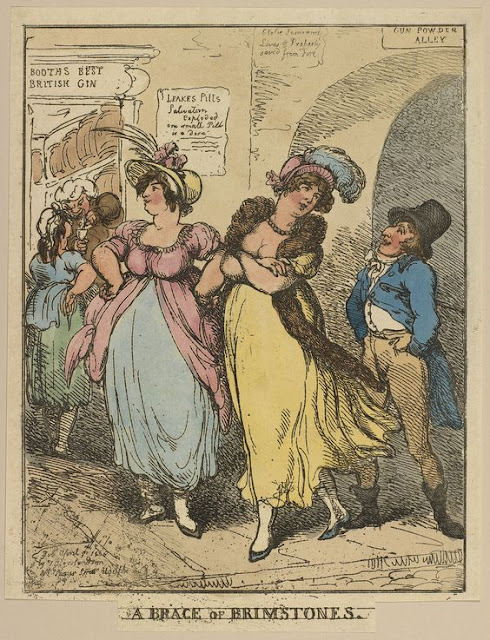As a Japanophile, foodie and sandwich lover I keep my
eye on things via the website Rocketnews24, which covers quirky news "from Japan and Asia," but the news from Japanese is usually the quirkiest,
especially for the food, and not least for the sandwiches.
I learn, for example, that there’s a chain named the J.S.
Burgers Café, some kin of Journal Standard,
a Japanese fashion brand, that has come up with the Super Cheese Burger (that's it above), and I’m not
going to argue about definitions of burger versus sandwich, not here anyway,
but I think you could make the case that this is in fact a beef sandwich using
slices of camembert instead of bread, although there is also single slice of
bread in the middle, as well as some Cheddar cheese.
This I think is pretty much the opposite of what
the good Lord Montague, 4th Earl of Sandwich had in mind. He used the bread as a way of holding the filling,
in the interest of ease and avoiding mess.
The Super Cheese Burger strikes me as impossible to eat without getting
glop on your hands, and if you’re Lord Montague, also on the gaming table. Oh
yes, and it comes with a side order of maple syrup.
If you wander across Tokyo you can find a café
named, or named after Tokyo Ghoul
which is a comic book and an anime and a live action movie featuring the
undead. Initially the food was meant to
look ghoulish but was perfectly edible – sausages made to look like fingers,
cheese mousse that looked like an eyeball.
They also had the Bad Tasting Sandwich which is in fact a perfectly
ordinary egg sandwich but apparently ghouls can’t stomach any human food, so it’s all
bad tasting as far as they’re concerned, while makes the whole thing kid of
redundant.
But then they came up with the mazui (or
“foul-tasting") sandwich which actually tastes bad to humans as well as ghouls. Apparently
it contains hanpen, which has been discussed elsewhere on this blog, and is a
kind of fish paste, along with gorgonzola cheese.
It doesn’t sound great, and we know the Japanese
supposedly dislike the smell of cheese, but the reviews say it smells like
vomit – which I suspect is in the nose and the mind of the beholder.
And also in Tokyo, in Daikanyama, at a restaurant
named Sosa you can get a matcha green tea tuna sandwich. The bun is dorayaki, a kind of pancake,
usually filled with sweet bean paste though apparently these ones aren’t.
 |
| Photo by Casey Baseel |
However the tuna is coated in matcha powder and syrup,
so we’re definitely edging into dessert territory, and that may be Japan has taken to
dessert sandwiches, just as it’s taken to Kit Kat bars in multiple flavors. So
what could be more logical than the Kit Kat sandwich devised by the chain First Kitchen? It’s a white bun containing a small Kit Kat,
whipped cream, and orange peel, and I suppose it’s a very distant kin of pain
au chocolate.
And so to the Psychogourmet Test Kitchen. On another day I might have tried experimenting
with a beef patty and a split camembert, but it seemed too much like hard work
so instead I assembled the makings of the Kit Kat sandwich.
That’s a French
sandwich roll – which I’m sure is very different from its Japanese counterpart
- and I didn’t see the point of the orange peel, and then as I looked at the
ingredients sitting on the table I thought that I knew exactly how the end result was going
to taste: bready, creamy, Kit Kat-ish.
It didn’t sound terrible, but it didn’t sound great or surprising or indeed worth the effort, so I made a cheese sandwich and afterwards had a couple of Kit Kat fingers with a cup of coffee. It wasn’t exotic. It wasn't at all Japanese. But then I never thought it would be.
It didn’t sound terrible, but it didn’t sound great or surprising or indeed worth the effort, so I made a cheese sandwich and afterwards had a couple of Kit Kat fingers with a cup of coffee. It wasn’t exotic. It wasn't at all Japanese. But then I never thought it would be.



















